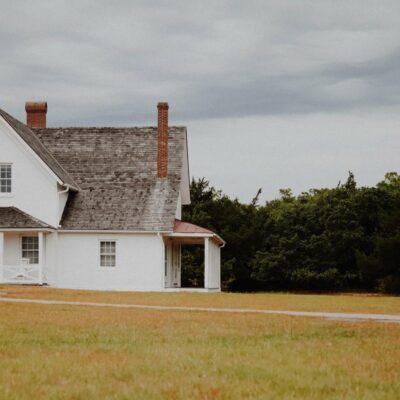Home Inspection Secrets: Inspecting Houses With Secret Rooms and Passageways
By Alyssa Cink
Last Updated April 1, 2025
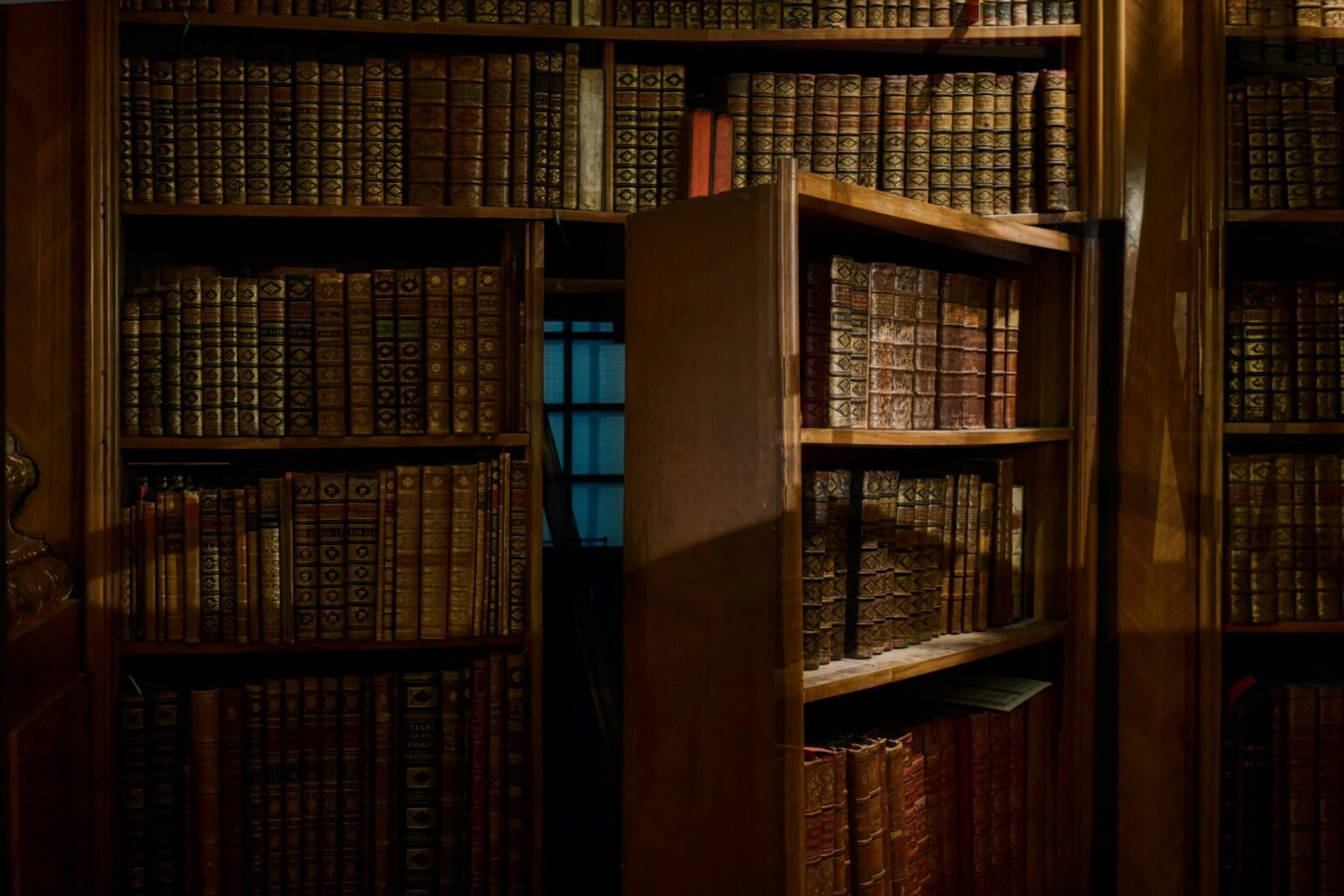
Be honest: How many of us had the same childhood fantasy of pulling a lever and finding hidden passageways in houses?
Imagine: You pull a book from a seemingly unexceptional bookshelf. Or maybe you trip a wire while walking through your childhood home. Alternatively, you move a picture frame off the wall, exposing a Big Red Button that opens a hallway to a secret dungeon. Adventures, mischief, and shenanigans galore.
As it turns out, this isn’t just the stuff of childhood imagination. You can find hidden doors in walls, old houses with secret rooms and passages, and secret safe rooms in the real world, too, if you know where to look—no Mystery Machine required!
As fun as they are, these creative constructions raise a conundrum for inspectors like yourself. Because they don’t fit within the mold of a standard build, you have to tread carefully to stay within your scope while inspecting them. We’re sharing why homes have these features, stories of inspecting houses with secret rooms and passageways, and how to protect yourself in these scenarios.
Why do people have secret rooms in their houses?
Houses with secret rooms seem pretty rare. They conjure images of Egyptian pyramids built to trick thieves, or medieval castles with passages designed to escape attacks, shares Jane Margolies in her New York Times piece.
Exact statistics are even harder to find. After all, you can’t keep global tabs on secret tunnels in houses and secret rooms in attics when they’re a secret, right?
But unconventional construction isn’t just for old houses, haunted houses, or spy movies. It’s isn’t just mansions with hidden rooms either. On the contrary, unusual rooms in a house aren’t as antiquated as you might think. They saw a sudden resurgence in 2020, when the COVID-19 pandemic brought out everyone’s inner Tim “The Toolman” Taylor, Margolies said. According to surveys, home improvement was the fifth most popular pandemic hobby across all consumer groups.
There are lots of ways to hide a hidden room, too. Rooms hidden behind bookcases or removable shelves, wine cellars lurking beneath secret trap doors, bunkers behind secret doorways in houses—there are many types of secret room doors for curious home renovators to explore.
Why do people have secret rooms in their houses? According to Margolies, some are more functional, providing extra storage or shelter from storms. In many cases, however, people build houses with secret rooms simply because they’re fun.
Stories From the Field
If you search “hidden passageways in houses,” “hidden rooms found in old houses,” and “secret passageways in homes,” you’ll find no shortage of these oddities. Sometimes a buyer discovers them right away; sometimes years after purchasing the property. Other times, they find them with a little help from their home inspector.
That’s one of the many ways home inspections help buyers. By finding abnormal structures before clients sign the dotted line, you give them enough time to investigate the modification and any safety issues it could present.
How often does this really happen? Let’s explore these real-life examples of inspecting houses with secret rooms and passageways.

1. It’s “A-Boat” Time for a Mold Test
Michael Harrison of If Walls Could Talk Home Inspection Inc. in Georgia was performing a mold inspection when the owner revealed something amazing.
While navigating the basement, the owner pointed out what looked like a decorative ship’s helm mounted on the wall. The owner enthusiastically lifted the helm, exposing an access panel hidden underneath. It was part of a secret basement door mechanism built to conceal the family’s safe room.
Sadly, inspecting houses with secret rooms and passageways—particularly older ones—comes with more potential for defects. In this case, the hidden safe room wasn’t the only secret Harrison discovered.
“He had it where it’s all stocked with all the food and supplies and things like that. One of the ironic things was, that room was full of mold, too,” Harrison said. “So even if he was sitting there trying to stay safe, he’d be in there breathing all that unhealthy air.”
2. The Secret Room Behind the Stairs
Secret rooms under stairs and behind stairs aren’t just for Harry Potter.
In his January 2021 Facebook video, Robert Reynoso of EGA Home Inspection LLC in California shows viewers a seemingly normal staircase. Then, the bottom three steps swivel out to reveal a hidden safe room. Supposedly, neither the sellers nor the buyers knew about it.
Based on the décor, many commentators guessed that the room hadn’t been used since the 1970s. The original owners probably built it as a tornado or bomb shelter, as many secret safe rooms were, they commented.
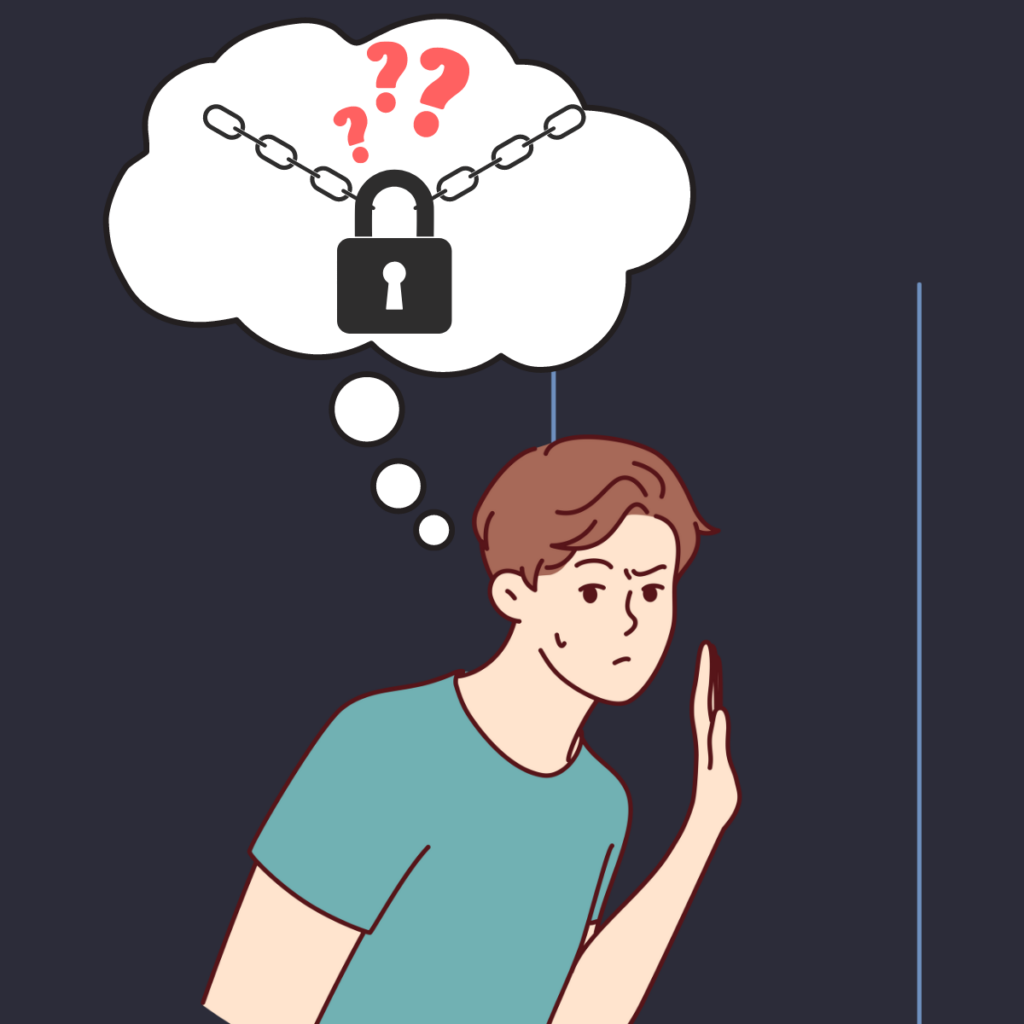
3. The “Time Out” Rooms
Don Kincaid of All Clear Inspections LLC in Texas was inspecting what appeared to be a hallway bookshelf. Except, it wasn’t just a shelf. It was a hidden door in the walls.
In a November 2022 video on Facebook, Kincaid showed himself pushing the door to reveal a children’s playroom. The walls had been painted with images of mermaids and other sea creatures.
Sadly, the hidden room had one problem: It locked from the outside, not the inside, and only had one exit and entrance. Not exactly the safest “time out” spot for the kids.
Similarly, Richard Engle of AmeriSpec Inspection Services in Texas found a hidden room in an attic, which looked like a playroom and was accessible from a closet. The modified space left a bad taste in Engle’s mouth—not just for his own attic safety as a home inspector.
“It had a lock on the outside door, allowing [the parents] to lock [the children] in,” Engle said on Facebook. “More importantly it was accessible only by bringing a ladder into the closet as its floor was over six feet above the floor of the closet. Worst and saddest [discovery].”
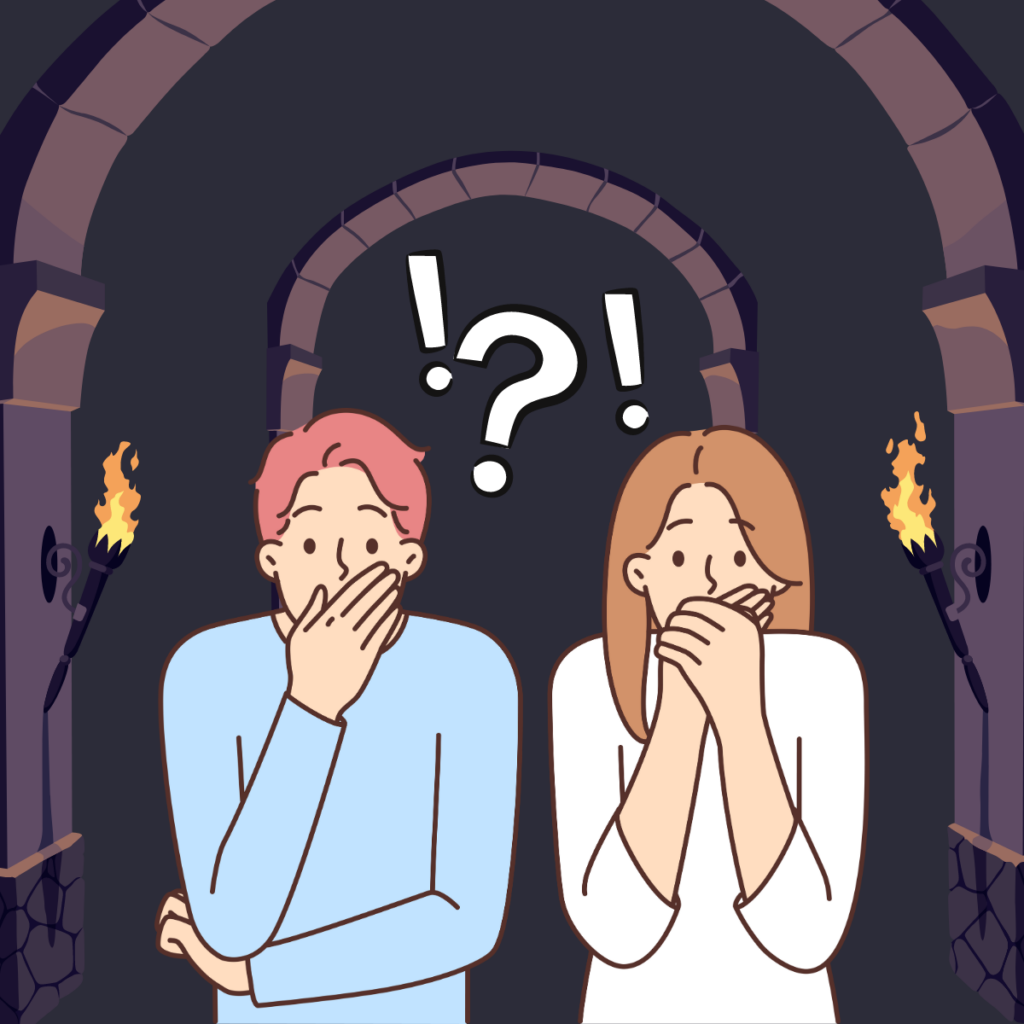
4. The Dungeon Inspector
Some creepy hidden rooms are found in houses, too.
Peter Hagicostas of North Star Home Inspections of Long Island, New York told his fellow inspectors he’d discovered a hidden dungeon that the sellers weren’t aware of. (What this entails, exactly, we aren’t sure.)
Crawlspace inspections alone can be rough. Imagine adding a dungeon to the mix! (In terms of inspecting houses with secret rooms and passageways, should we say he won the lottery? Or the opposite?)
5. The Houses With Secret Tunnels and Stairwells
Ron Passaro of Res-I-Tec. Inc. in Connecticut has seen multiple houses with hidden rooms and secret passageways.
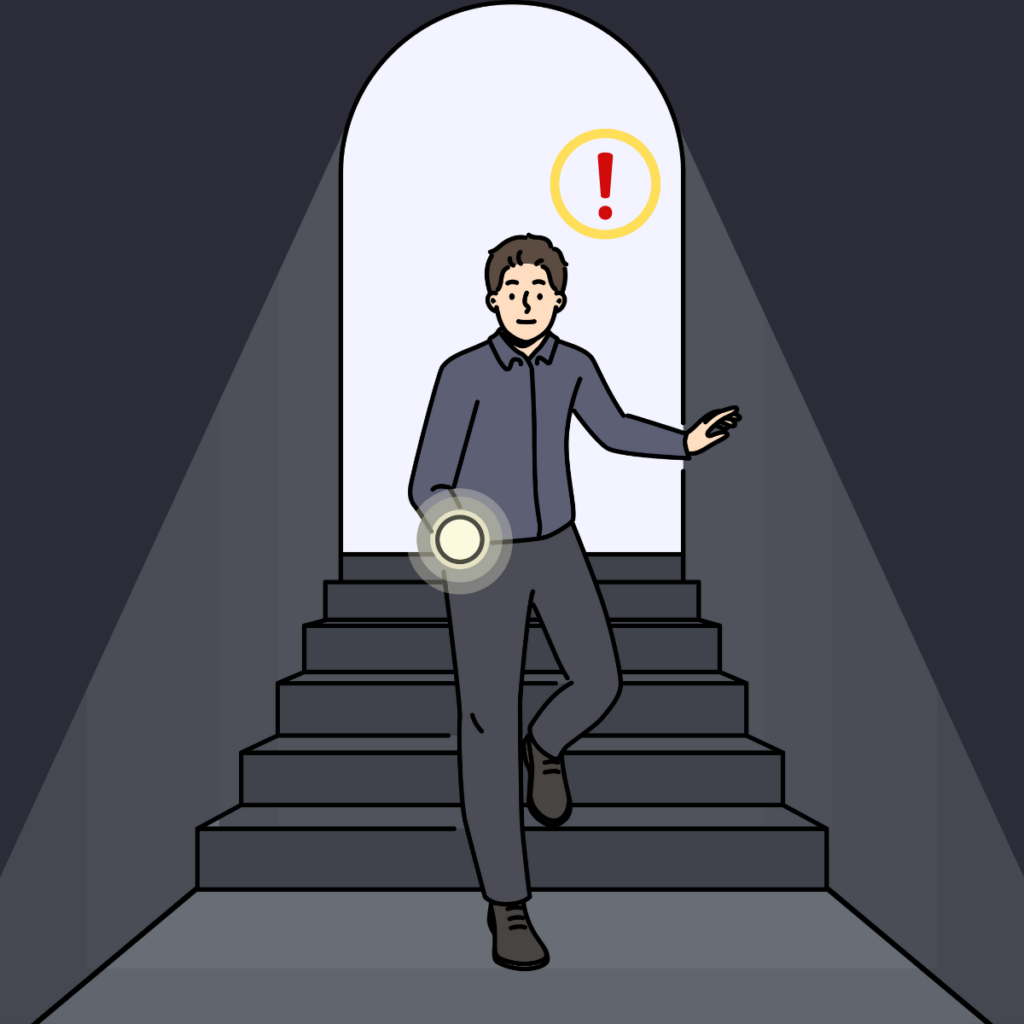
For example, in one older home, Passaro found a secret stairway behind the fireplace. By pushing a set of shelves near the fireplace, you could access hidden stairs that climbed from the first floor to the primary bedroom on the second floor.
Also among these homes with underground tunnels, another came from a Connecticut home built right on the shore. First, Passaro reported a patio built with glass blocks. Although strange, he didn’t think much of it. When he encountered the hidden passageway in the house, however, the pieces began clicking together.
“When I got downstairs into the basement, there was this great set of steel doors leading to—well, I didn’t know at the time—a tunnel that went underground,” Passaro said. “That’s what the glass blocks were for: to let light in. The original owner, or one of the owners of this particular house, was [allegedly] a member of the Nazi group. This was the story behind it. If he got in trouble, they would send a submarine into Long Island Sound, and he could get out through this escape route.”
Why do old houses have secret passages like these? The story behind this particular tunnel, albeit interesting, isn’t a 100% confirmed and true answer, Passaro told us. For this reason, he shared the story with his client but omitted it from his report.
Managing Risk and Inspecting Houses With Secret Rooms and Passageways
Modern and old houses with secret rooms and passageways do pop up during home inspections. As you can imagine, these unique structural modifications often have out of code, unsafe, or concealed home inspection defects that put inspectors in a difficult position. If you aren’t careful with your reporting tactics, you could expose yourself to unnecessary risk.
Thankfully, there are ways to prevent claims while inspecting houses with secret rooms and passageways. Below, we share four tips from our claims experts and your fellow home inspectors.
1. Stay within your scope.
Inspectors with construction and code backgrounds are often tempted to point out things like code violations.
You might face this temptation with houses with secret rooms and passageways. These unconventional add-ons may not adhere to current building standards.
Additionally, you may wonder, is it legal to have a secret room in your house? Or are secret passages legal? Since local building codes and regulations can help determine a secret room or passageway’s legality, you may feel even more inclined to determine compliance.
You are not a code inspector. It’s not your job to determine the legality of secret passageways, rooms, or walls in houses. Avoid reporting code violations and other defects outside your scope. Doing so can expose you to unnecessary risk, even if you’re 100 percent correct.
Here’s what we mean. If you identify one code violation, your clients may expect you to point out every violation, even for future inspections. This becomes a problem with properties that have been repeatedly renovated. Furthermore, these homes might’ve been built or renovated when different codes were in effect. Over time, you’re more likely to miss a code violation and face a home inspector E&O insurance claim.
Instead, focus on what is within your scope. For example, when Harrison found a hidden room in an attic, he noticed that room alone had 15 or 20 outlets. Harrison suspected it was previously used as a grow room. Staying within his scope, he prioritized testing the receptacles and referring to an electrician to protect his clients from electrical problems, like overloaded circuits.
2. Get your agreements signed.
Your client should be familiar with your home inspection scope, too.
Use your pre-inspection agreement to outline your SOP so your clients know your limitations. Otherwise, they might expect you to determine safety and effectiveness while inspecting houses with secret rooms and passageways.
And don’t forget: Your clients must sign your agreement before every inspection, every time. This crucial step secures your agreement’s full protection. For helpful tips to getting signatures, review this advice from 200 home inspectors.
3. Say something. But don’t make determinations.
If you identify atypical modifications, such as a renovated hidden room in the attic or secret underground rooms in houses, it’s important not to ignore them.
Make note of them. Don’t be too vague. But when it comes to inspecting houses with secret rooms and passageways, don’t determine the structure’s integrity or appropriateness, either.
At InspectorPro, we’ve seen several instances where inspectors have identified a structural modification, like a renovated secret room in an attic, secret rooms under stairs, or secret passageways in old houses. In doing so, they’ll write something like, “This appears to be structurally sound.”
But, as we mentioned earlier, wearing your inspector hat means you are not wearing your structural engineer or contractor hat. As responsible as you feel or as capable as you may be, when you’re the inspector, this is not your call to make. Making the wrong call can have detrimental consequences.
4. Refer out-of-scope concerns to a structural specialist and the sellers.
Once you’ve mentioned the hidden passageways in houses or other structural modifications, direct the buyer to the sellers and to a structural specialist.
For example, you can encourage them to ask the sellers if they’re aware of any unusual rooms in the house.
“Even with the buyers, I had to go: ‘This is a very unusual installation. I…just want to make you aware that this is here.’ You might want to inquire with those sellers, too, or have their Realtor inquire with sellers to ask, ‘Did you put this room here? And what was it for?’” Harrison suggested.
Here’s something you might say about houses with hidden rooms and secret passageways:
“Modifications identified in the space are inconsistent with similar properties in the general area. Recommend inquiring with the seller and potentially utilizing a contractor or other professional to determine the nature and extent of modifications.”
5. When inspecting houses with secret rooms and passageways, don’t exaggerate or scare.
Even if you find scary secret rooms in houses, it’s important not to scare your buyers, Passaro said.
In other words, don’t identify the modifications as good or bad, appropriate or inappropriate, safe or unsafe. Leave that to the specialists. Instead, whether it’s a hidden door to the basement or a secret tunnel in the house, describe what you saw. And, as you would with any deficiency, exercise diplomacy.
“I might even start it so that you know it’s not really part of this report. Just describe it and see if they can get further information on it,” Passaro said.
“[Tell them], ‘This is what it is. Nothing to be scared about. You’ve got any questions about it, it’s right here,’” he continued. “That’s the best way of handling things like that. You never want to try to scare a buyer just because you see something that’s different, [like] that tunnel into the house.”
Who knows? Even if secret rooms under stairs aren’t ideal for a spare bedroom, the next owners could still make good use of them.
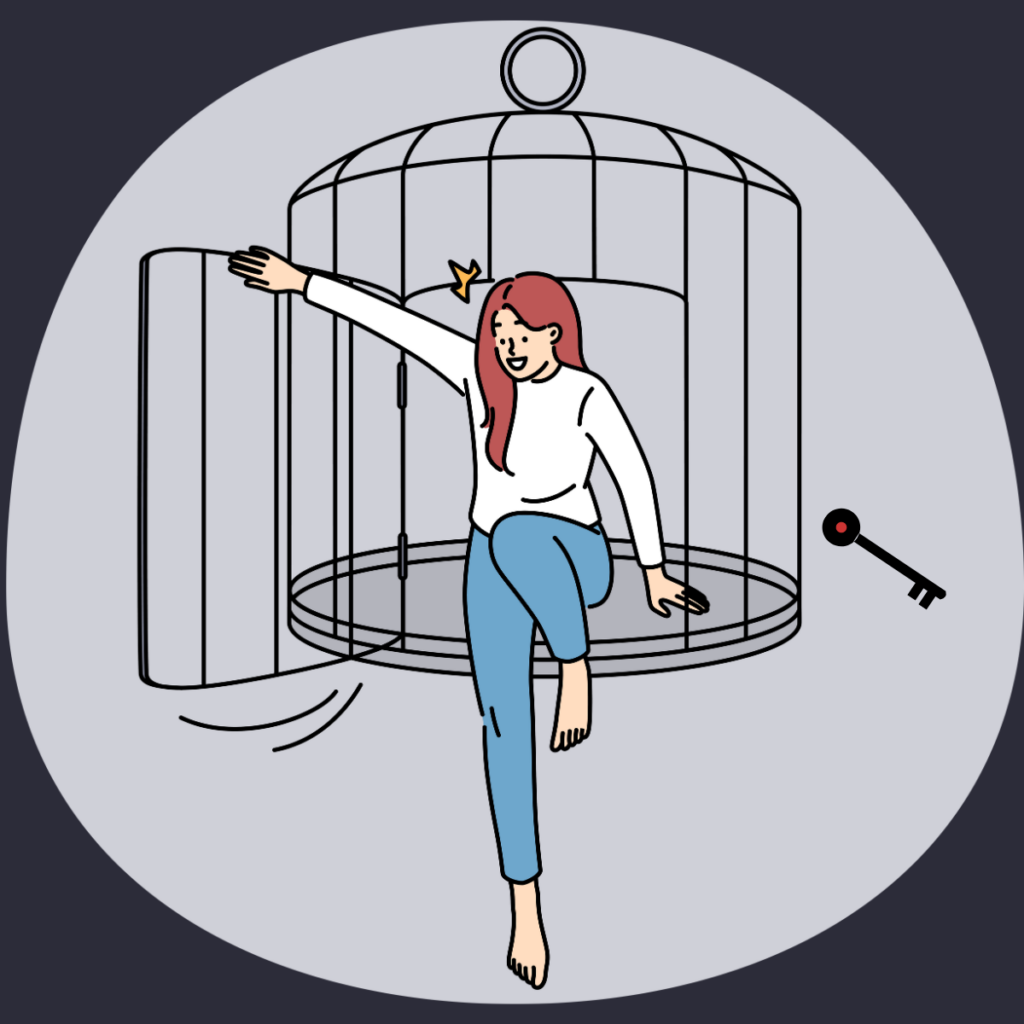
“[The house] could be a gem. But we’ve got to spend some money to make it a gem,” Passaro said. “It’s up to the inspector to put things in perspective, not just point things out [like], ‘This is bad, this is bad.’ There’s a lot of good, even with the bad.”
Let us be your escape hatch.
Houses with secret rooms are often good fun for homeowners and inspectors alike.
But you know what isn’t a secret? You could have 10 years of experience, a perfect track record, and great risk management. But no matter how careful an inspector is, you’re still likely to face a claim at some point in your career.
Don’t let hidden passageways in houses catch you off guard. Be proactive and take advantage of exclusive savings and resources with InspectorPro Insurance. Our insured inspectors have used our pre-claims assistance program to shut down conflicts early—before they turned into claims. Paired with our state-specific pre-inspection agreements, deductible discounts, and premier customer service, the InspectorPro difference goes above and beyond to make coverage easy.
We’re ready to exceed your expectations. Apply for a free quote to get in touch with our team.



